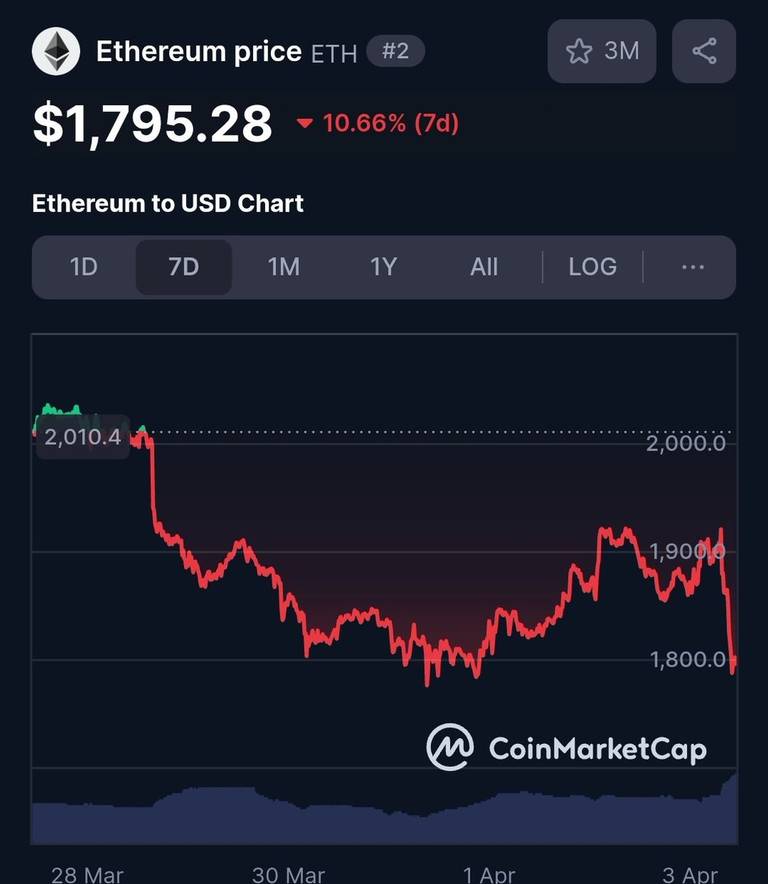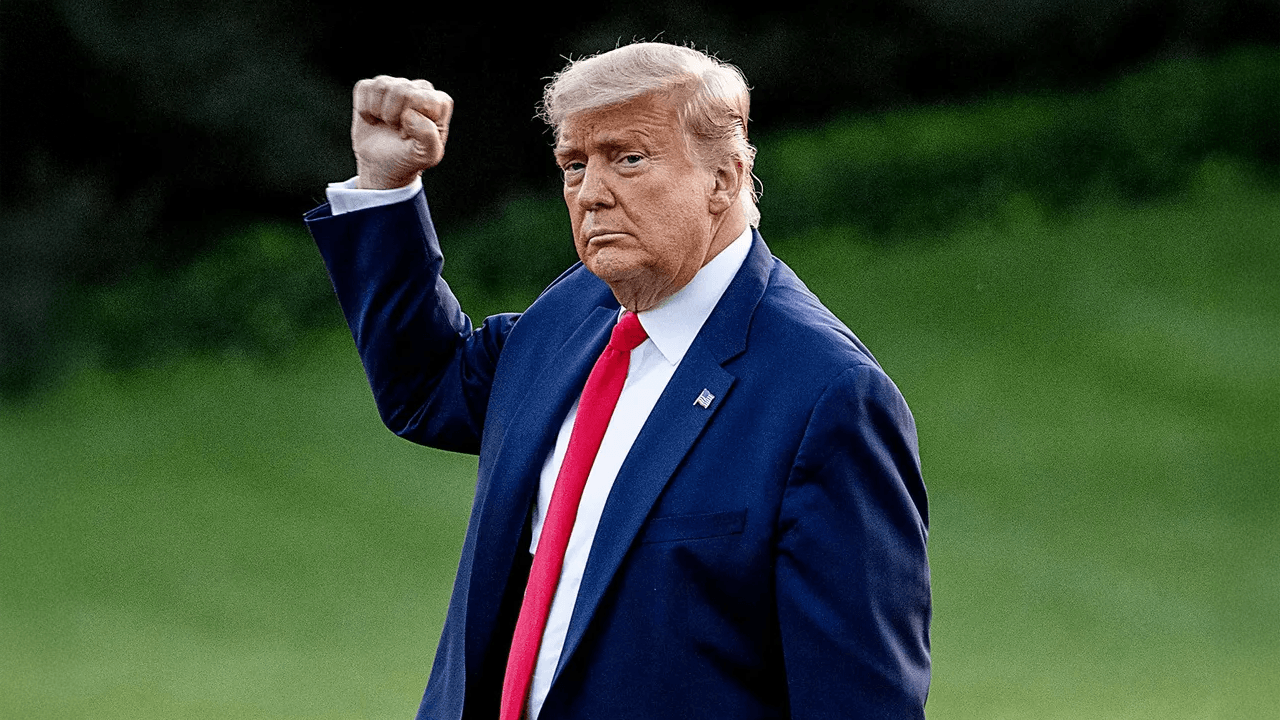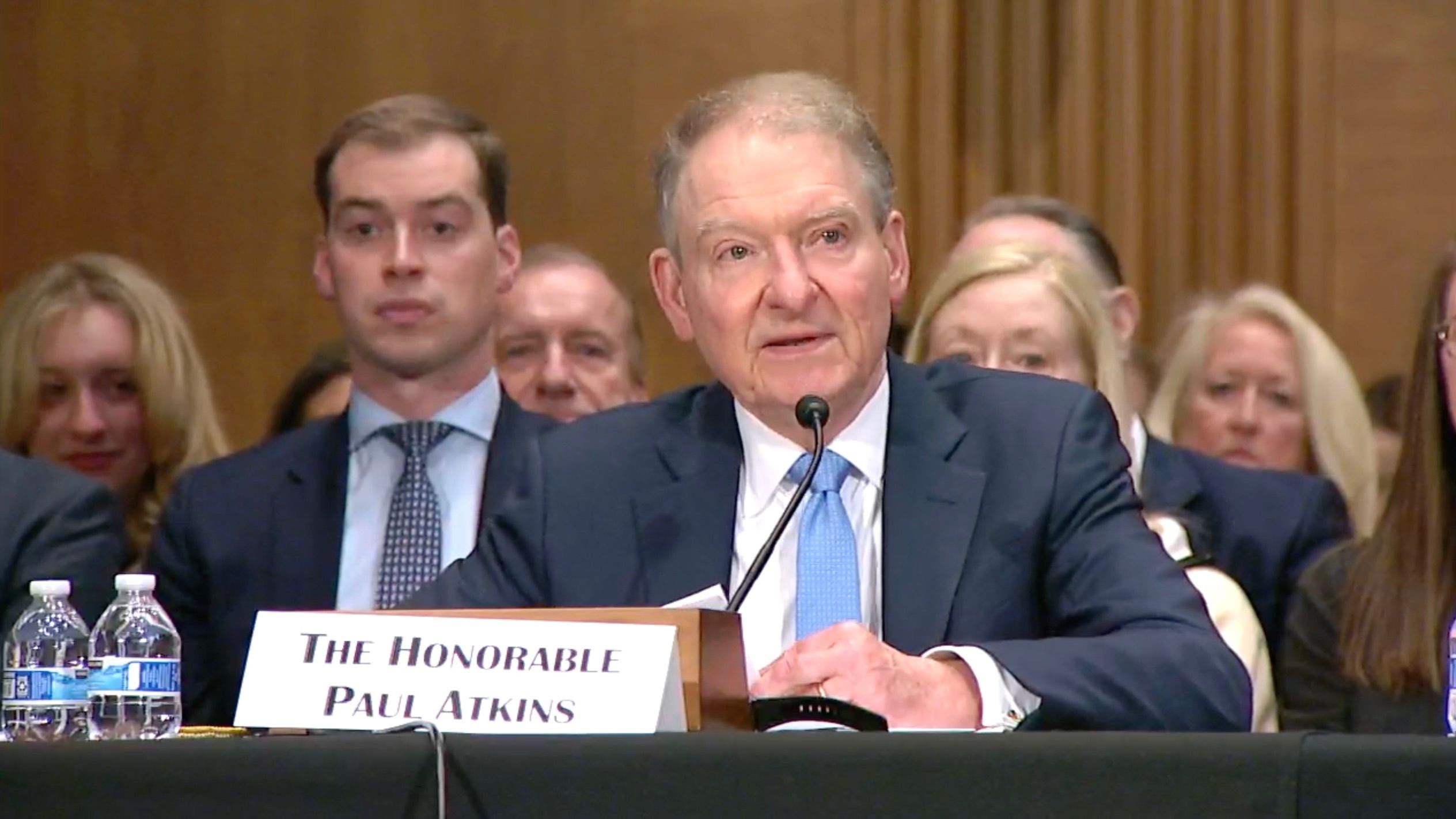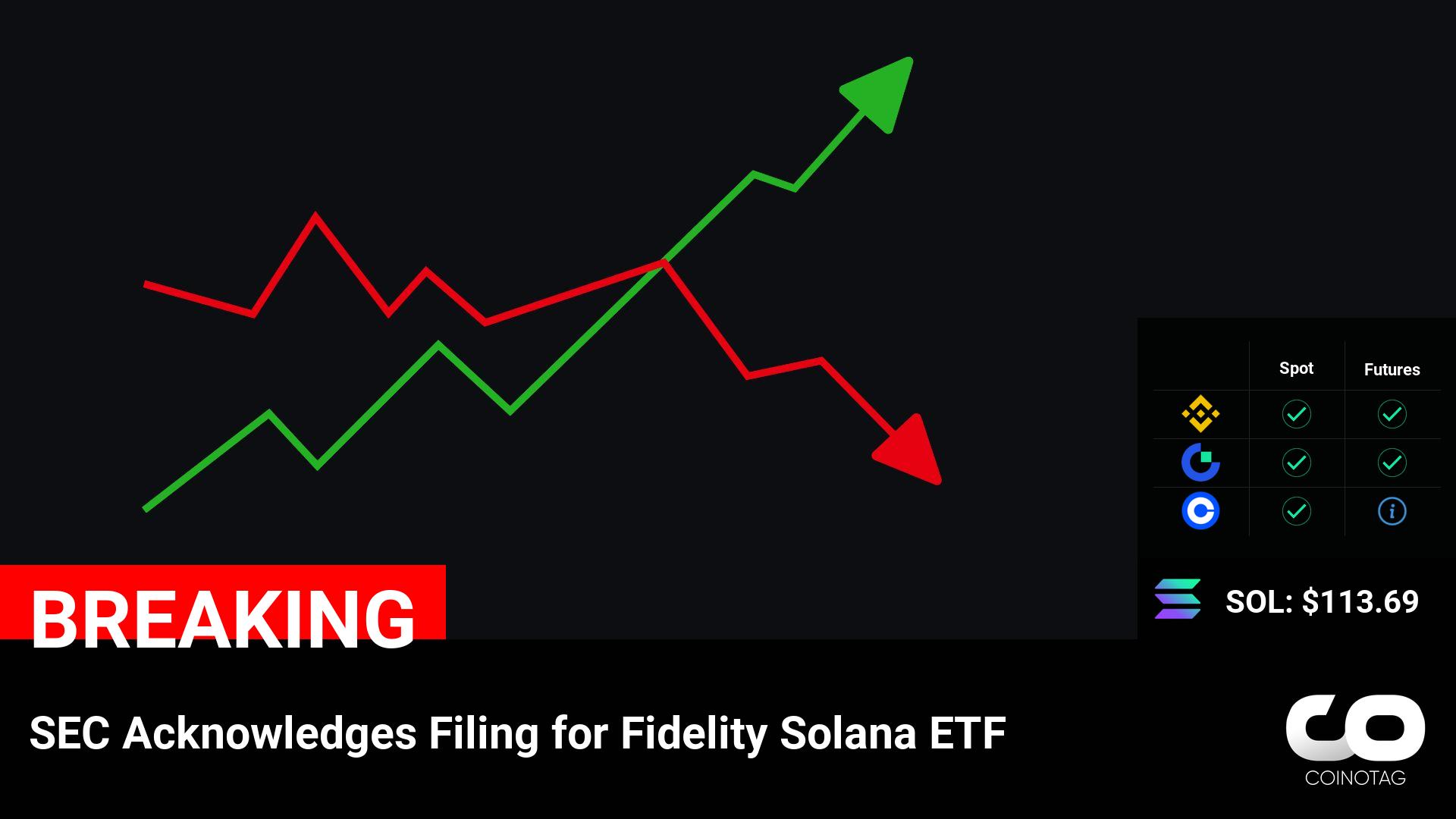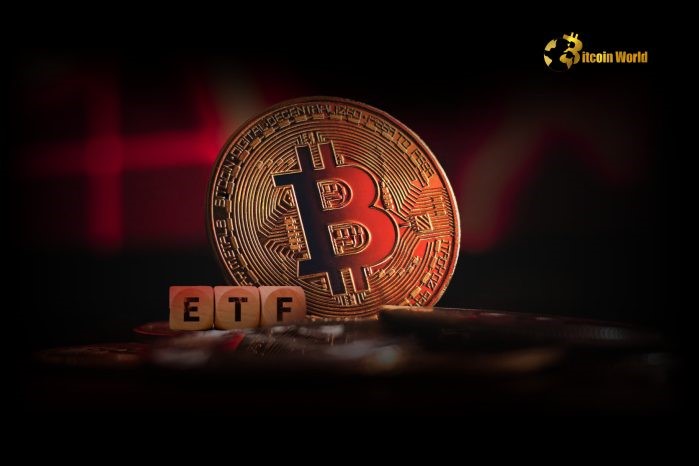
Despite a rollercoaster ride in the crypto market, particularly for Bitcoin (BTC), there’s a silver lining emerging from an unexpected corner: Bitcoin Exchange Traded Funds (ETFs). While Bitcoin experienced a 13% price dip in the first quarter of 2025, Bitcoin ETFs have shown remarkable resilience, attracting over $1 billion in inflows. This surprising trend has industry analysts buzzing, with projections hinting at an even more substantial surge in the second quarter. Are we witnessing a paradigm shift in how institutions are engaging with crypto, or is this a fleeting phenomenon? Let’s dive deep into the factors fueling this ETF enthusiasm and what it could mean for the future of crypto investment. Why are Bitcoin ETFs Bucking the Trend? In the volatile world of cryptocurrency, market sentiment can shift in the blink of an eye. The first quarter of 2025 saw its fair share of market jitters, contributing to a notable drop in Bitcoin’s price. Yet, amidst this price downturn, Bitcoin ETFs stood out as beacons of investor confidence. How did they manage to attract such significant capital during a period of price weakness? Several factors are at play: Institutional Appetite is Growing: Experts like Bitwise analyst Juan Leon point to a clear increase in institutional demand for crypto exposure. Bitcoin ETFs offer a regulated and accessible gateway for institutions to enter the Bitcoin market without the complexities of direct crypto ownership and custody. Easing Regulatory Concerns: The approval and launch of spot Bitcoin ETFs themselves signal a significant shift in regulatory acceptance. This newfound clarity provides a more comfortable investment environment for larger financial players who were previously hesitant due to regulatory uncertainty. Beyond Arbitrage: While some Q1 inflows might have been attributed to arbitrage strategies, analysts believe the underlying driver is deeper. The long-term investment thesis around Bitcoin and its potential as a store of value is gaining traction, particularly among traditional financial institutions. $3 Billion Inflows on the Horizon: Is it Realistic? Juan Leon’s projection of up to $3 billion in ETF inflows for Q2 is ambitious, but it’s grounded in the observed trends and market dynamics. The initial success of Bitcoin ETFs in Q1, despite unfavorable price action, has laid a strong foundation. Here’s a closer look at why this Q2 forecast holds weight: Sustained Institutional Interest: The initial wave of institutional adoption is likely just the tip of the iceberg. As institutions become more familiar with Bitcoin ETFs and witness their performance, allocations are expected to increase. Financial Advisor Integration: The integration of Bitcoin ETFs into financial advisor portfolios is still in its nascent stages. As advisors become more educated and comfortable with these products, they will increasingly recommend them to clients seeking diversified investment strategies. Declining Arbitrage Yields: While arbitrage may have played a role in initial inflows, the decreasing yields from such strategies suggest that future inflows will be driven more by genuine long-term investment interest in crypto investment through ETFs. The Power of Institutional Demand in Crypto Investment The narrative around crypto investment is evolving. It’s moving beyond retail-driven hype cycles towards a more mature phase characterized by institutional participation. Institutional demand is a game-changer for several reasons: Factor Impact of Institutional Demand Capital Inflows Institutions manage significantly larger pools of capital compared to retail investors. Their entry into the Bitcoin market via ETFs can lead to substantial and sustained inflows. Market Stability Institutional investors typically have longer investment horizons and less prone to panic selling during market downturns. This can contribute to greater market stability and reduced volatility over time. Legitimacy and Maturity Increased institutional participation enhances the legitimacy and maturity of the cryptocurrency market, attracting further investment and broader adoption. Product Innovation Institutional interest drives innovation in crypto investment products, leading to the development of more sophisticated and diversified offerings beyond just Bitcoin ETFs. Navigating Regulatory Clarity in the Crypto ETF Landscape Regulatory clarity has been a long-standing hurdle for the cryptocurrency industry. The approval of spot Bitcoin ETFs in certain jurisdictions marks a significant step forward in this regard. However, the regulatory landscape remains complex and varies across different regions. Here’s what investors should consider regarding regulatory clarity and Bitcoin ETFs : Jurisdictional Differences: Regulations surrounding crypto assets and ETFs differ significantly between countries. Investors need to be aware of the specific regulations in their jurisdiction and where the ETF is domiciled. Ongoing Regulatory Evolution: The regulatory environment for crypto is constantly evolving. Staying informed about new developments and potential changes is crucial for investors in Bitcoin ETFs . Impact on Market Access: Increased regulatory clarity can broaden market access for both institutions and retail investors, fostering greater participation and liquidity in the crypto ETF market. What Does This Mean for the Future of Bitcoin and Crypto? The strong ETF inflows amidst price weakness paint a compelling picture of the evolving crypto landscape. It suggests a growing decoupling of ETF investment from short-term price fluctuations, indicating a more fundamental, long-term belief in Bitcoin’s value proposition. This trend could signal: Greater Market Resilience: Increased institutional participation via ETFs could make the Bitcoin market more resilient to price shocks and speculative bubbles. Accelerated Adoption: Easier access through ETFs can accelerate the mainstream adoption of Bitcoin and other cryptocurrencies as investment assets. A New Era for Crypto Investment: We may be entering a new era where crypto investment is increasingly integrated into traditional financial portfolios, driven by institutional demand and facilitated by regulated products like ETFs. Conclusion: The Unstoppable Rise of Bitcoin ETFs? The resilience of Bitcoin ETFs in attracting substantial inflows despite price corrections is a powerful testament to the maturing crypto market. The projected $3 billion inflow for Q2, driven by rising institutional demand and improving regulatory clarity , underscores the growing confidence in Bitcoin as a long-term investment. While the crypto market will undoubtedly continue to experience volatility, the increasing role of ETFs and institutional investors suggests a more stable and fundamentally driven future for Bitcoin and the broader crypto ecosystem. The Defiant performance of Bitcoin ETFs signals a paradigm shift, hinting at a future where crypto becomes an integral part of mainstream finance. Keep a close watch on these inflow trends – they could be the leading indicator of the next major bull run in the crypto space. To learn more about the latest crypto market trends, explore our article on key developments shaping Bitcoin institutional adoption.
Bitcoin World
You can visit the page to read the article.
Source: Bitcoin World
Disclaimer: The opinion expressed here is not investment advice – it is provided for informational purposes only. It does not necessarily reflect the opinion of BitMaden. Every investment and all trading involves risk, so you should always perform your own research prior to making decisions. We do not recommend investing money you cannot afford to lose.
Bitcoin Nears $80K but `Turning Point` in Sight, Suggests Analyst
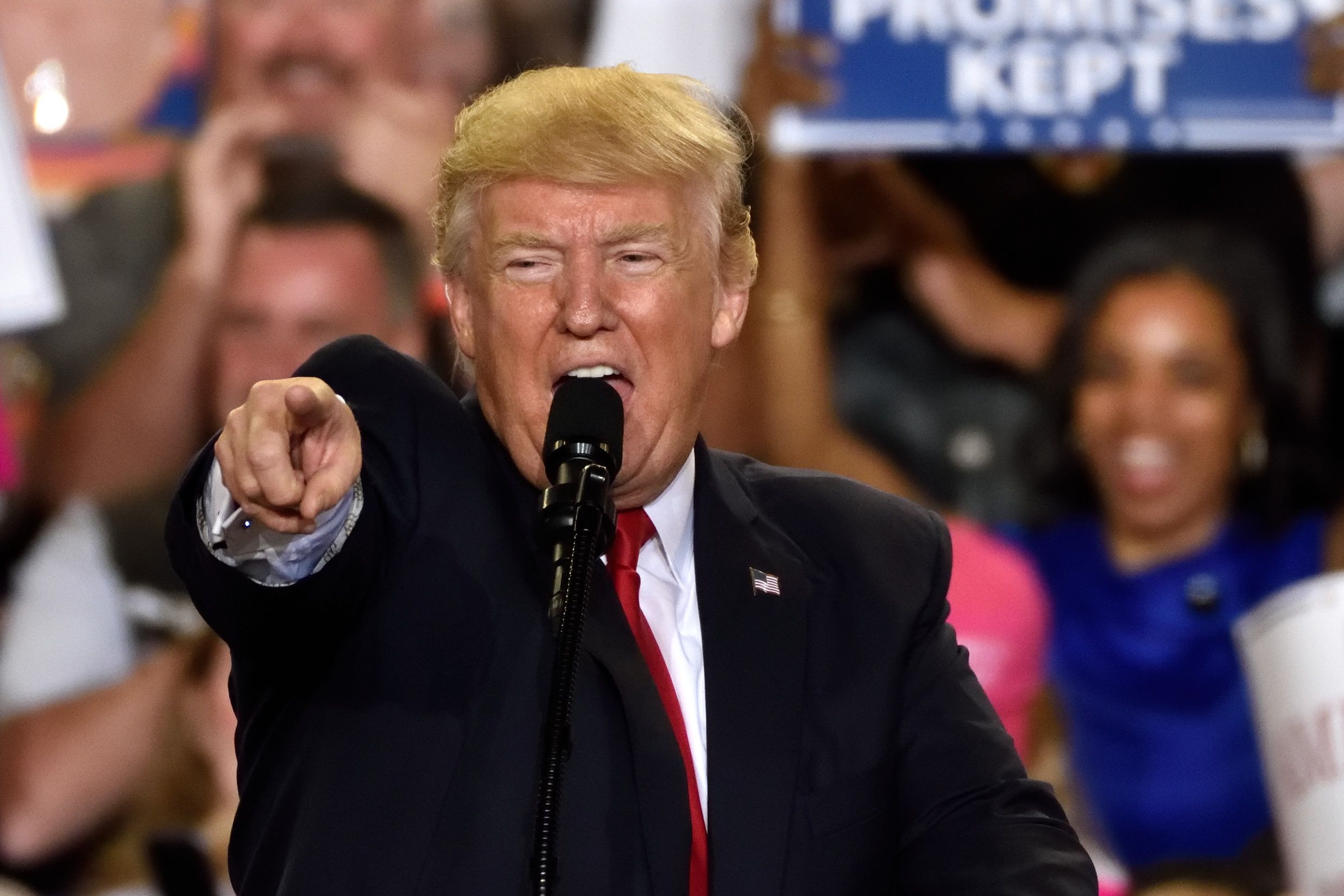
Down more than 5% since President Trump`s tariff announcement on Wednesday evening sent markets plunging, bitcoin (BTC) once again is disappointing bulls who have touted its store-of-value properties or potential as a non-correlated safe haven to risk assets like stocks. Or not. "This moment feels like a turning point," said Joel Kruger, LMAX Group market strategist. "We see market participants increasingly drawn to [BTC`s] appeal as a store-of-value asset and a compelling diversification tool amid the uncertainty." Kruger noted that while the Nasdaq and S&P 500 have each tumbled to new 2025 lows, bitcoin for the moment is holding well above its year-to-date bottom of $75,000 — what technicians like to call "higher lows." But Javier Rodriguez Alarcon, chief commercial officer at crypto exchange XBTO, believes otherwise. “Despite talk that bitcoin could act as a hedge against dollar-centric volatility, in practice we’re still seeing a strong correlation between digital assets and broader risk markets in moments of uncertainty,” the ex-Goldman Sachs executive said in an email. Gold still the preferred safe haven at JPMorgan "Bitcoin`s volatility and correlation with equities raises questions over its `digital gold` narrative," said Nikolaos Panigirtzoglou and team at JPMorgan yesterday. "We see gold continuing to rise as the major beneficiary of the debasement trade," they added. Even with bitcoin`s recent pullback, the price is still above the bank`s estimated average cost of production of $62,000, a metric which has acted as a lower boundary in the past, wrote Panigirtzoglou. Gold today is lower by just 1.25% to $3,126 per ounce and within close sight of its record high of around $3,200. Bitcoin World
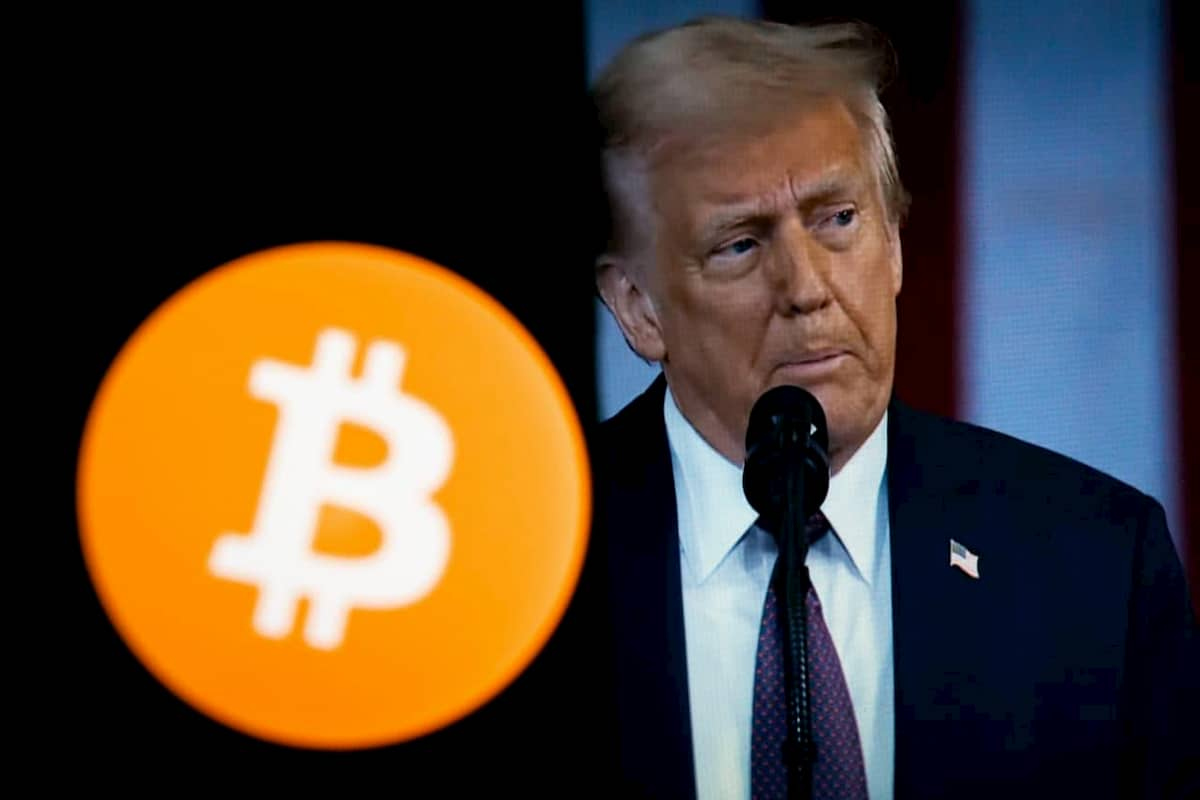
Bitcoin sell-off: 19k holders flee amid Trump trade war
President Trump’s ‘Liberation Day’ tariffs yesterday wiped roughly $140 billion from the cryptocurrency market within a matter of hours. Notably, the announcement of the new duties being imposed caused an immediate sell-off from short-term Bitcoin ( BTC ) holders. To be more precise, short-term traders sold a total of 18,930 Bitcoins in the immediate aftermath of the trade war’s latest chapter, per a chart shared on April 3 by noted crypto chart researcher Ali Martinez on X . The multicolored Spent Output Age Bands (SOAB) chart delineates liquidations based on position age. Traders who had been holding Bitcoin for one to three months sold 3,113 BTC, while those who had been holding for three to six months sold slightly less of the cryptocurrency — 2,737 Bitcoins, to be exact. However, the majority of the sell-off came from investors whose positions were six months to a year old (3,983 BTC) and between a year and a year and a half old (9,097 BTC). 18,930 #Bitcoin $BTC were sold by short-term holders last night, immediately after @realDonaldTrump announced new tariffs! pic.twitter.com/pONWoxV5a9 — Ali (@ali_charts) April 3, 2025 At the time of the liquidations (roughly 02:22 UTC), the leading cryptocurrency was trading at $82,794. Therefore, the total value of the Bitcoin sold amounts to approximately $1.56 billion. Is the market turning bearish on Bitcoin? Over the course of the last 12 hours, the long/short ratio of the world’s premier digital asset fell off sharply. Namely, in the preceding 12-hour period, long positions and short positions were evenly matched, with a 50.14% to 49.86% split in favor of long positions. However, by press time on April 3, the situation had changed drastically, with 55.32% of the positions opened in the past 12 hours being shorts, and 44.68% being longs. BTC long-short ratio chart. Source: CoinGlass At the time of writing, the cryptocurrency was trading at $81,910, having marked a 3.43% decline on the daily chart, and a 1.06% decline from the prices seen at the time of the Bitcoin sell-off seen on Martinez’s chart. BTC price 1-day chart. Source: Finbold With everything taken into account, the present atmosphere has taken a bearish turn — even notable BTC bulls like Robert Kiyosaki are shifting their focus to commodities like silver as a defensive measure. Lastly, caution and patience are advised — current conditions are not favorable for either investing or trading — and without a clear catalyst to stop the bleeding, it’s unclear when the downturn could begin to reverse. Featured image via Shutterstock The post Bitcoin sell-off: 19k holders flee amid Trump trade war appeared first on Finbold . Bitcoin World


